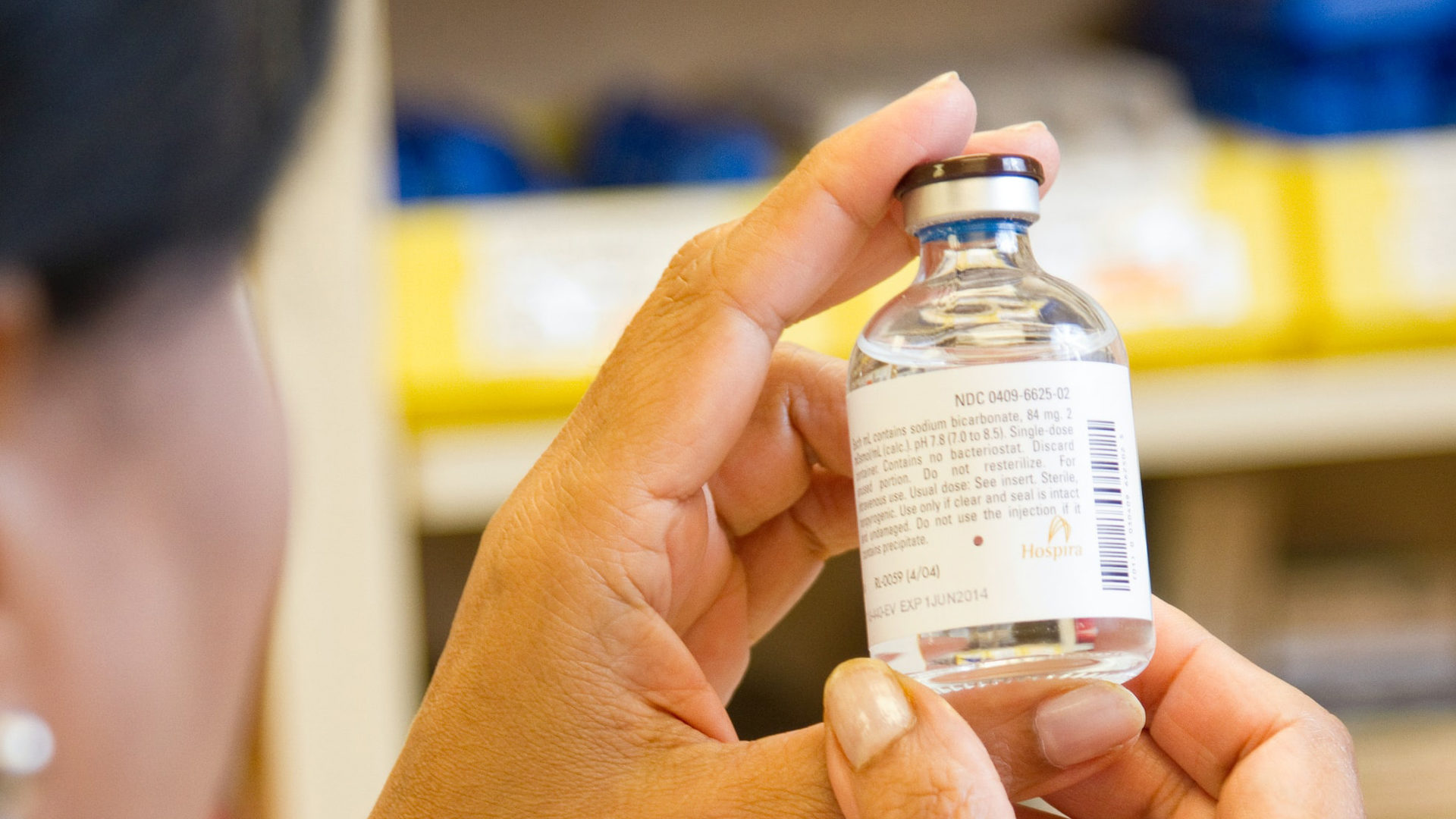Retail Scanner
Made in China
April 2020
SPC’s position on OEM – Honda case. Although China is becoming an increasingly important consumer market, it still has the reputation of being a cheap (counterfeit) production country, with „Original Equipment Manufacturers“ (OEM) being the motor of the Chinese economy.
Made in China 2025
With its Government campaign “Made in China 2025”, China is now trying to lose its image of (counterfeit) ‘factory of the world’ and aims to put its own trademarks in the spotlights.
Counterfeit production by OEM
OEM simply means that a manufacturer is commissioned to manufacture products and attach the commissioner’s trade mark to same. Often these products do not enter the Chinese marketplace and are exported abroad.
Obviously, China’s OEM have been and are being used by honest trade mark owners around the world. They, however, also play an important role in the production of counterfeit goods.
Stopping counterfeit production is a difficult task. Although a registered (foreign) trade mark is required in order to be able to commission OEM, it is not the OEM’s job to assess whether such trade mark is obtained in good faith. As such, bad faith registrations (either Chinese or foreign) form a basis for justifying counterfeit production. On top of that, the Supreme Court ruled that OEM use “should not be regarded to infringe the legitimate rights of the owner of a Chinese trade mark, when such goods are not made available in the Chinese marketplace, but exported to other countries”. In other words: use by OEM was not considered to infringe Chinese trade marks.
It, however, now looks as if things are going to change because of the “Made in China 2025” campaign – China is finally prepared to battle bad faith and counterfeit.
Amended Trademark Laws
1st November 2019, the Trade Mark Law has been amended. Important amendments include that:
- Bad faith filings without a genuine intention to use shall be rejected
- Bad faith can serve as basis for opposition/revocation
- It is illegal for trade mark agencies to represent bad faith filers
- There are increased filing fees and penalties/compensation to put off bad faith filers
- There are penalties for ‘bad faith trade mark infringement claims’
Blocking bad faith filers will be of enormous assistance in fighting counterfeit production.
Honda (Honda Motor Co., Ltd v Chongqing Hengsheng Xintain Trading Co., Ltd et Chongqing Hengsheng Group Co., Ltd [Min Gao Fa Zai No. 138/2019]
In the important HONDA case of September 2019, the Supreme Court (“SPC”) decided that OEM should no longer be seen as an exception to trade mark infringement.
Background
Honda owns a Chinese trade mark HONDA for vehicles in class 12. A Chinese OEM manufactured vehicle parts commissioned by a company who owned a Myanmar trade mark HONDAkit. On the vehicle parts, the wording HONDA was prominently displayed. All goods were exported out of China. Honda brought a trade mark infringement lawsuit against the Chinese OEM, who justified production on the basis of the Myanmar trade mark and the fact that OEM does not constitute trade mark use. Honda won at first instance but lost on appeal, subsequently applying to the SPC for a retrial.
Decision
The SPC decided that – contrary to previous decisions – the OEM defence was not sufficient: a foreign trade mark (in this case, Myanmar) should not be able to serve as defence against a trade mark infringement claim based on a valid Chinese trade mark.
It concluded that it is not necessary to make the goods available to Chinese consumers (end users) to ascertain use of the trade mark, as the relevant public can also consist of third parties labelling, transporting and distributing the trade marked products, such as distributors and transportation companies. In addition it mentioned that Chinese consumers could also encounter these products when traveling abroad.
Good news
The decision stretches the concept of the relevant public and trade mark use. This, however, is in favour of legitimate trade mark owners who can now tackle counterfeit production on the basis of their Chinese trade marks.
There is also another advantage OEM use will likely now be more sufficient to meet the Chinese use requirements (provided that sufficient evidence is collated). That means that even if you do not sell your products in China, your Chinese trade mark will not become vulnerable to non-use actions, and could even assist in tackling counterfeit production as mentioned above.
Risks
However, there are also risks involved. If you are currently producing in China without having a registered Chinese trade mark in place, OEM may potentially require you to obtain such registration, which could be difficult. Not having a Chinese trade mark in place includes a risk that an owner of an identical/similar Chinese trade mark could claim that your OEM use infringes their trade mark.
What to take away
- Take active action to combat bad-faith trademarks
- Collate sufficient evidence of your own OEM use to be able to prove genuine use of your trade mark in China (in the form of license agreements, purchase orders, delivery notes, customs declarations and dated product photos)
- Act first and do not wait to register your trade mark if you intend to use or produce in China.































